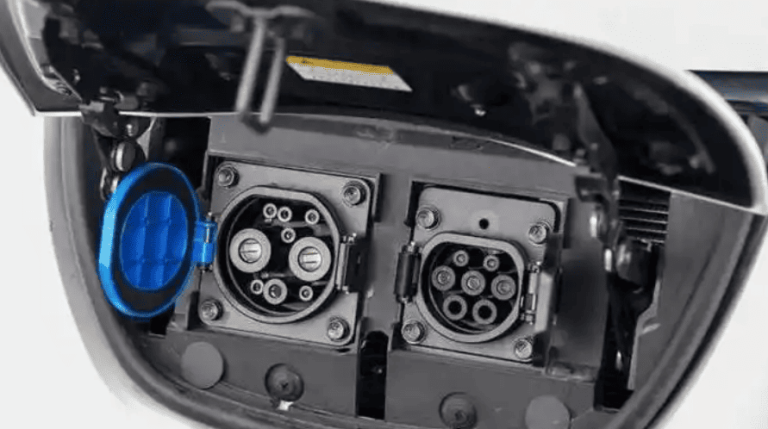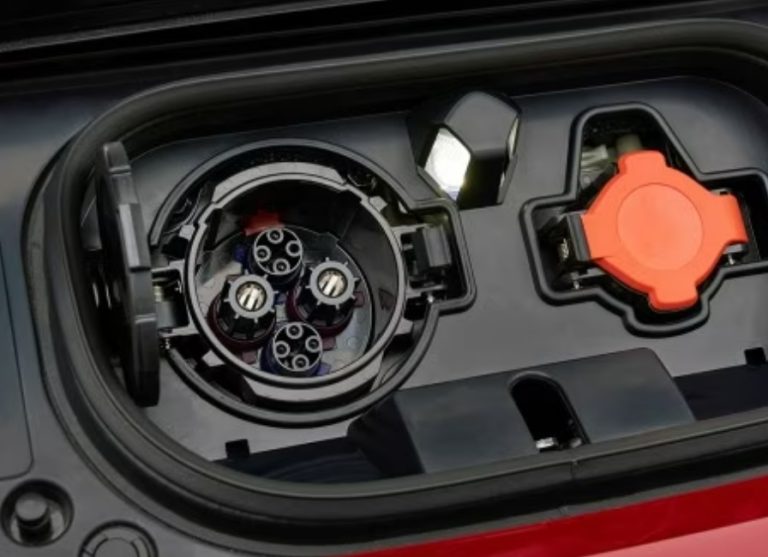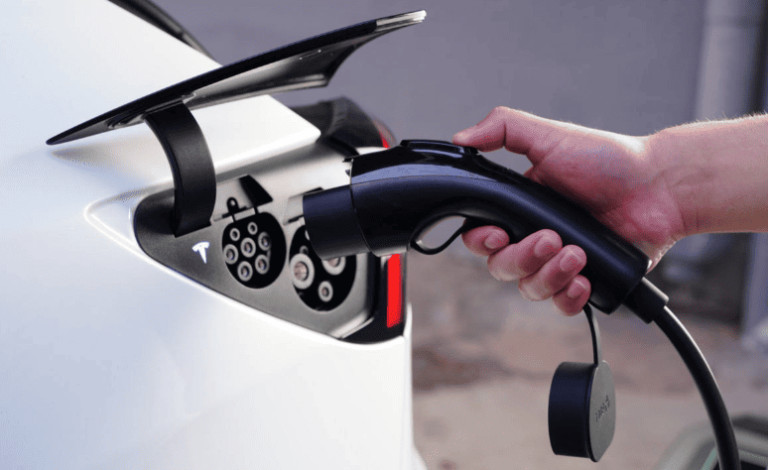Can you leave ev charger outside
Can You Leave EV Charger Outside?
Yes, you can leave an electric vehicle (EV) charger outside, but it must meet specific conditions and require proper protective measures to ensure safety and durability. The central idea is that while outdoor installation is feasible, it heavily depends on the charger’s design, installation environment, and ongoing maintenance.

1. Suitability Under Normal Conditions
Weatherproof features are built into EV chargers intended for outdoor use. The majority of home and public charging stations, for example, are required by national standards to have a protection rating of at least IP54 or higher. This indicates that they are impervious to rain and water splashes and dust. For instance, some commercial chargers, such as those made by 宇视科技 (Uniview), have an IP54 rating, which guarantees that they won’t be harmed by normal rain and dust. Additionally, the charging connector is made to be waterproof. It creates a tight seal when plugged into the car, keeping water out of the electrical contacts. Even in the event of light rain or snow, safe charging is ensured by this physical isolation.
The installation site is crucial, though. To reduce direct exposure to inclement weather, it is preferable to position the charger beneath a carport or awning. In order to avoid water buildup around the base, the charger should also be placed on elevated terrain with a slope of greater than 3%. To lessen the chance of flooding, which could harm the equipment or create electrical hazards, low-lying areas must be avoided.
2. Limitations in Extreme Weather
EV chargers are not indestructible, despite their resistance to weather. There are serious risks associated with specific weather conditions. Lightning strikes during thunderstorms may result in electrical problems or power surges that could harm the charger or even the car. To avoid mishaps, charging should be avoided during thunderstorms.
If water levels rise above the base of the charger or the centerline of the vehicle’s wheels during periods of intense rain or flooding, charging should be stopped right away. Hazards of electrocution or short circuits may result from water intrusion. Users should make sure the connector and port are dry and clear of debris before plugging the charger in or out. Safety can be maintained by taking easy steps like covering the connector with a cloth or umbrella in the event of rain.
Regular maintenance is also key. Before the rainy season, check the charger’s sealing rings and grounding system to ensure they are intact. Public charging stations should have their protection ratings and maintenance records verified periodically to guarantee reliability.
3. Long-Term Usage Recommendations
Selecting certified chargers that meet national standards is essential for extended outdoor use. Low-quality or non-standard chargers might not have enough safety features or waterproofing, which raises the risks. Leakage protection devices, which automatically cut off power in the event of an electrical malfunction, should be installed in home charging stations.
Prolonged exposure to sun and rain can accelerate aging of the charger’s外壳 (external casing), potentially compromising its integrity. Regular inspections are necessary to check for cracks, corrosion, or wear. If any damage is found, repairs or replacements should be done promptly.
During use, especially in rain, keep hands dry when handling the charger. Ensure the charging gun is fully inserted until a locking sound is heard, confirming a secure connection. This prevents water from seeping into the contacts.
4. High-Temperature Charging Considerations
Temperature affects EV batteries. Lithium-ion batteries produce more heat during charging in hot weather, which, if improperly handled, can result in thermal runaway. Smoking, fire, or even an explosion could result from this. Nonetheless, sophisticated battery thermal management systems (BTMS) are a feature of contemporary EVs. By keeping an eye on battery temperature and turning on cooling systems (like liquid cooling) to keep it within a safe range, these systems function as “smart guardians.”
For example, the Tesla Model 3 uses a liquid-cooled BTMS to keep its battery pack within a narrow temperature range, ensuring safe charging even at 40°C. Nonetheless, extreme conditions—such as direct sunlight on concrete surfaces—can overwhelm the system. If the BTMS fails or the environment is too harsh, risks increase.
High-Temperature Charging Safety Tips
- Choose shaded charging spots, such as underground parking or stations with sunshades. If outdoors, use a car cover to reduce heat buildup.
- Avoid continuous long charging sessions in heat. Charging to 80-90% and pausing allows the battery to cool down before completing.
- Inspect the vehicle and charger before use. Ensure the charging port is dry and the cable is undamaged.
- Monitor charging via smartphone apps. If abnormalities like slow charging or high-temperature alerts occur, stop immediately and seek professional help.
In summary, outdoor EV charging is practical with proper equipment, installation, and care. By following guidelines and staying vigilant, users can safely charge their vehicles in various weather conditions.





































































































































